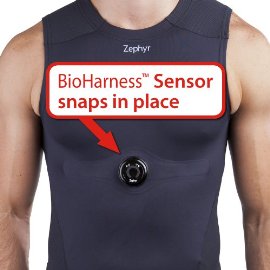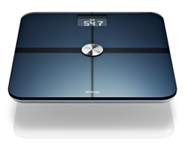An interesting perspective from an M.D. who has been involved for many years. He walks the reader through the pain of systems that were too slow, screens lacking resolution, shoddy user interface, data loss and more. Some examples:
In the late 1960s, a major computer vendor thought it could solve many hospital-based medical care issues in less than a year by deploying 96-button punch pads throughout the hospital to handle physician orders and intra-hospital communication.
...In the late 1960s and early 1970s, hardware limitations strained even demonstration systems
... I remember the promises from our "state of the art" enterprise RAID 5 storage vendor: "It will never go down." These promises were used to convince me to move off of my dual-write standby server ... This system is critical, providing realtime ED patient tracking, clinical laboratory result access, patient-care protocol information, emergency department log access, hospital EMR retrieval, metropolitan area hospital ambulance divert status, and physician and nurse order communication, among other functions. Unfortunately, the storage system that was promised to "never go down" had two 5-hour failures over a two-year period, thoroughly dispelling the myth of reliability promised by the vendor.
No wonder many doctors have been less than excited about computerization. But there has been improvement:
A very significant area of technological improvement has been in the acquisition, processing, transmission, and presentation (display) of graphical images. This capability has, over the past decade, given us increasingly sophisticated CAT scan and MRI results and has allowed most hospitals to discontinue the use of X-ray film almost completely, using digitally stored images instead. These PACS (picture archiving storage) systems have revolutionized radiology and improved patient care by allowing easy distribution of these images to all care providers of a specific patient, putting an end to the endless problem of trying to chase down the original physical X-ray film.
Solutions are now know to all the problems mentioned in the article (although improvements can always be made). With many problems in the past, and with new doctors graduating with smartphones and iPads, we should be expecting a time of rapid change.
Read the full article at ACM Queue or CACM
 Saturday, March 30, 2013 at 10:13AM
Saturday, March 30, 2013 at 10:13AM 

